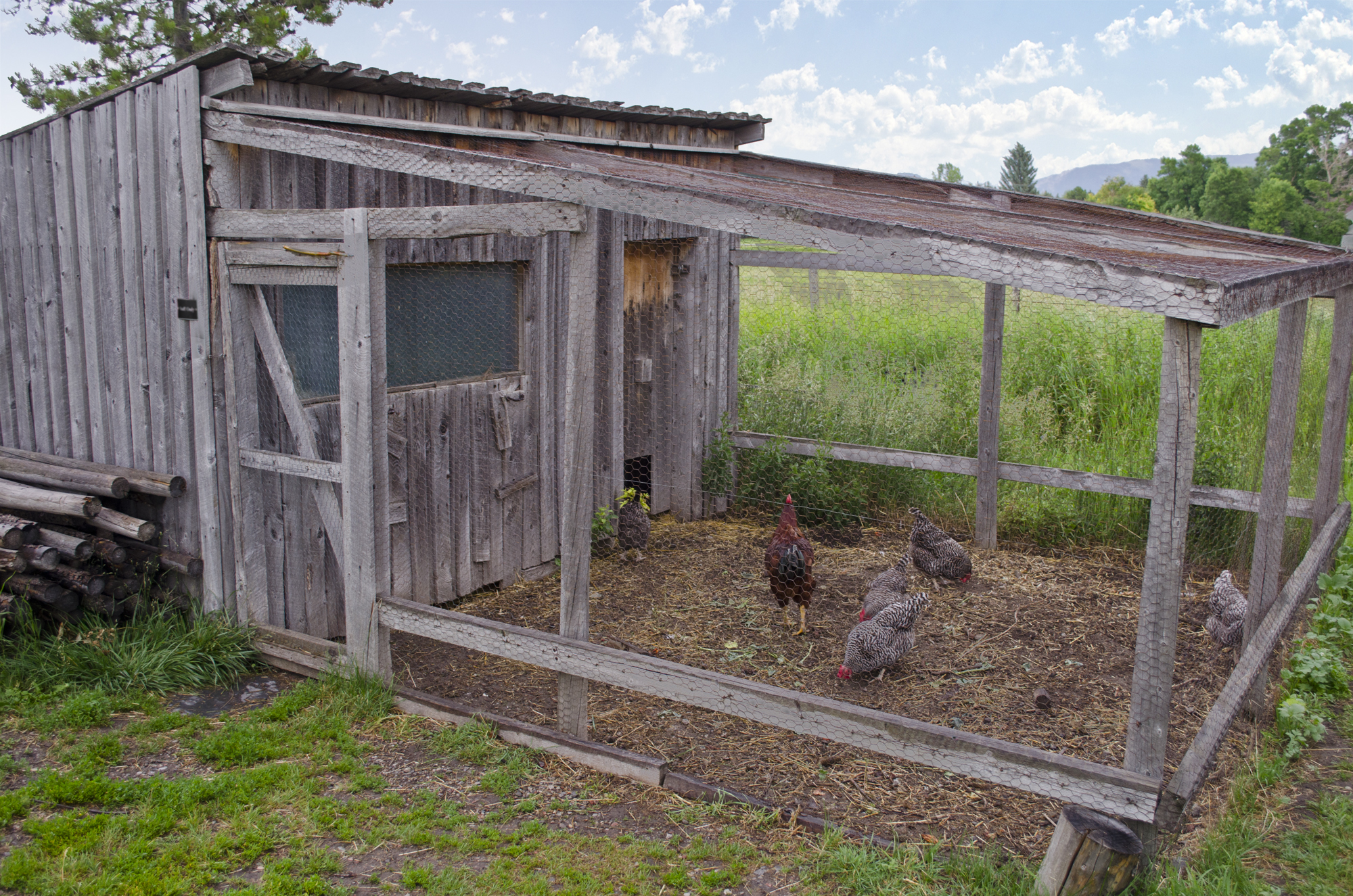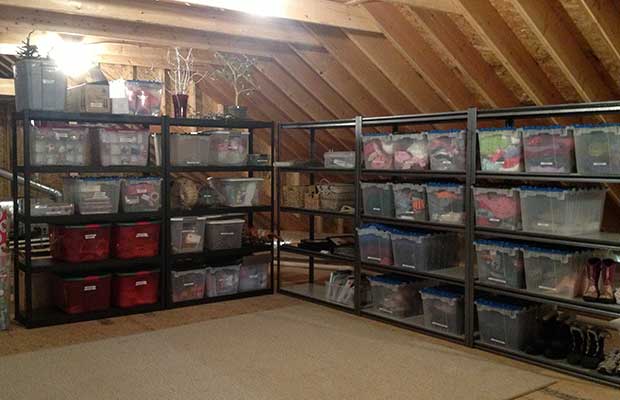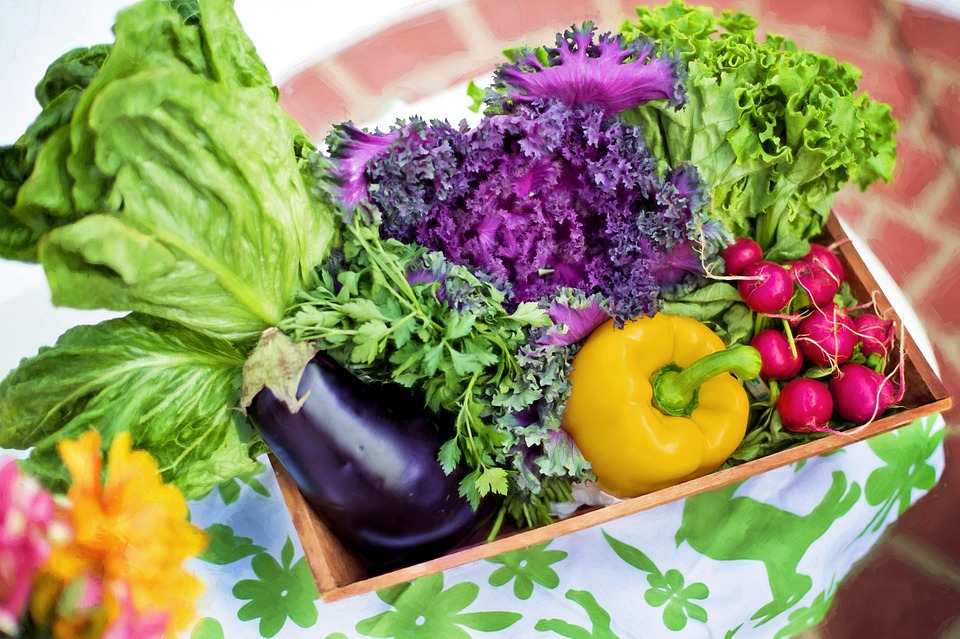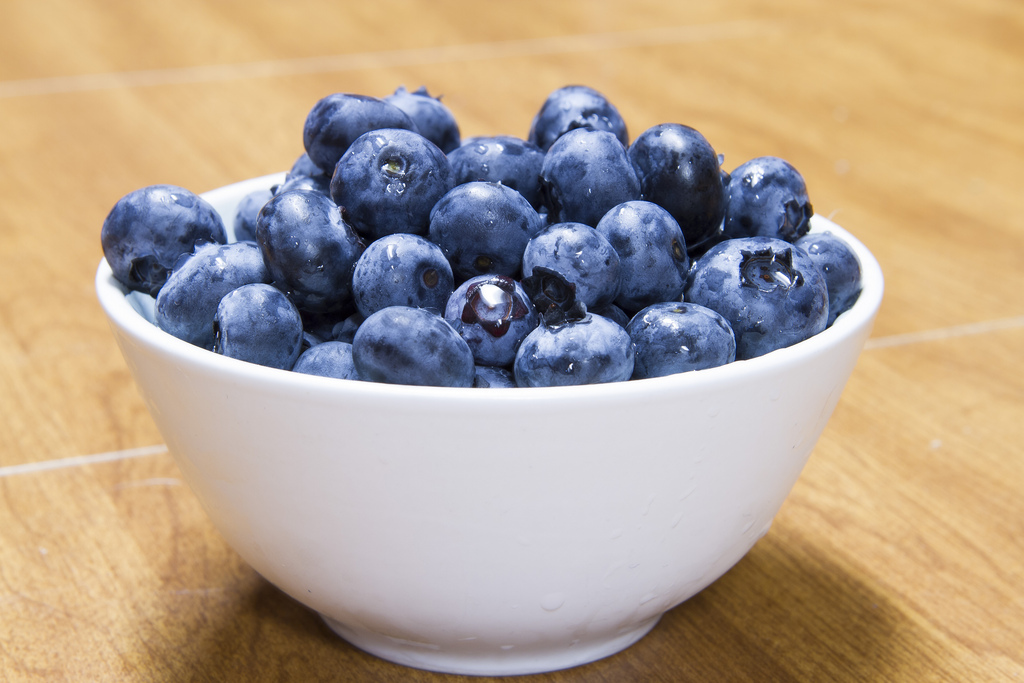3 Tips for Growing Potatoes
Potatoes are one of the best staple foods for almost any diet. They’re full of fiber, complex carbohydrates, and nutrients that can enhance anyone’s health. Better yet, potatoes are actually pretty easy to grow in your garden, making them even more attractive to homesteaders everywhere. Here are a few tips and tricks to help you … Read more







